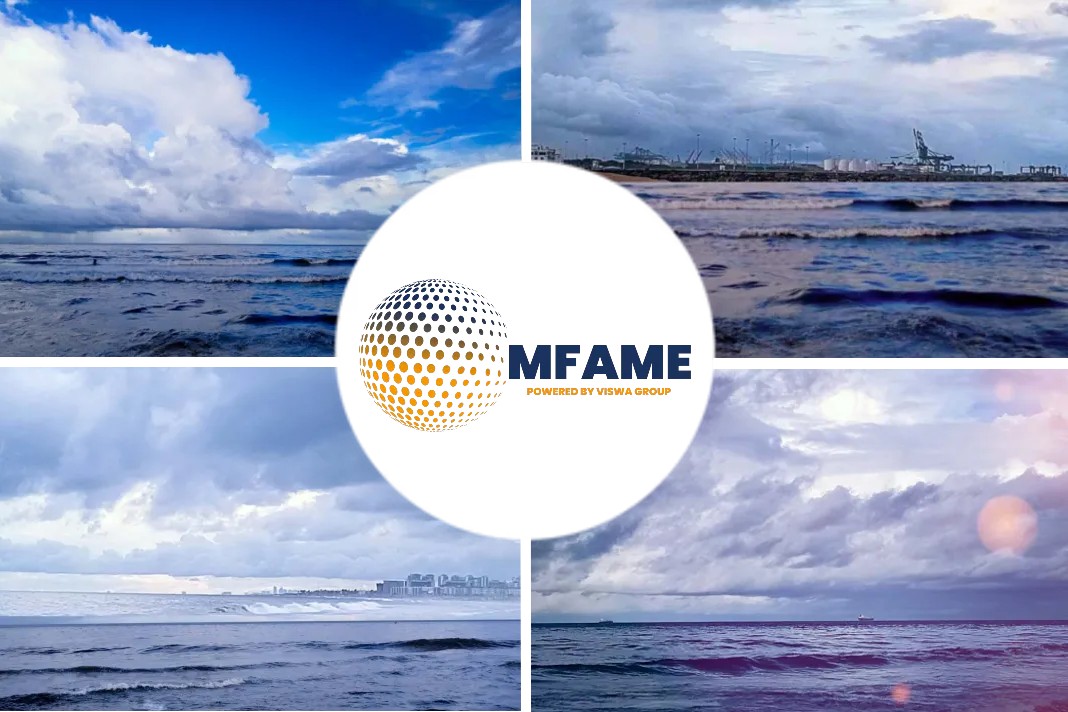The total deadweight tonnage of multipurpose/project/heavy‐lift vessels deployed by the 10 largest operators in the sector has risen to 8 million tons, according to data exclusively supplied to Breakbulk by research firm Dynamar.
The data shows that the 10 largest operators deployed 460 vessels with an average age of eight years, representing growth of 9 percent in deadweight tonnage on previous numbers from June 2016 and an increase of 10 percent in fleet size from 423. Average capacity fell slightly from 17,800 to 17,400 dwt.
‘Vivid’ market consolidation
The latest research highlights the role that difficult market dynamics have wrought on the sector with an unprecedented number of mergers, sell-offs and restructuring programs within the top ten operators businesses.
“In part forced by a faltering market, 2016 breakbulk industry consolidation was vivid, to say the least. It may perhaps not have been as spectacular as it happened in the Container sector, but yet. No less than 16 operators and 10 non‐operating owners were involved in mergers/takeovers or similar. Another four bankrupted or decided to disappear from the breakbulk scene forever otherwise,” said Dirk Visser, managing editor at Dynamar.
Dynamar notes 13 major consolidations in the last 12 months, but the 10 operators remain unchanged from last year with newbuild orders and cost-cutting initiatives also serving to reorder the rankings.
“BBC Chartering took over from (ex) Coscol as the largest operator of multipurpose/project/heavy‐lift ships. The Leer‐based company continues increasing its fleet, nowadays counting no less than 159 units, up from 120 barely six months ago. Their aggregate deadweight of 1.78 million tons works out at 11,200 dwt average per unit, the smallest of all operators, just behind Intermarine with the penultimate 11,300 dwt,” Dynamar’s report notes.
COSCO Shipping Specialized Carriers moved to second place in terms of deadweight tonnage following “continuous scrapping of elderly vessels which has reduced its fleet to 58 vessels, albeit more than double the average deadweight of BBC,” Dynamar said.
Danish firm Thorco retained third place with a fleet of 71 vessels following the addition of four ships from its “merger” with United Heavy Lift. Dynamar notes however a sharp decline in Thorco’s the number of Clipper‐prefixed vessels from 12 to five.
Dutch Spliethoff’s fleet declined by four to 45 units placing it fourth in Dynamar’s ranking, although this excludes ships operated by the firm’s subsidiaries BigLift, BigRoll, Bore, Sevenstar, Transfennica and Wijnne & Barends. Chinese/Polish operator Chipolbrok ranked in fifth place again with a fleet of 21 vessels.
Closing out the top 10 were Singapore’s AAL in sixth place, MACS in seventh, Intermarine USA eighth, Swire Shipping ninth, and Rickmers 10th.
Heavy-lift capability grows 17 percent.
In terms of heavy-lift capability the top 10 operators saw a substantial increase in combined capacity with 458 vessels having an aggregate onboard lifting capability of nearly 144,000 tons, an increase of 17 percent.
This equated to an average of 310 tons, plus 15 tons, per unit. Again BBC Chartering topped this category with a total capacity of 51,800 tons and an average of 330 tons based on per vessel capacities ranging between 70 and 900 tons.
Did you subscribe for our daily newsletter?
It’s Free! Click here to Subscribe!
Source: Breakbulk

















